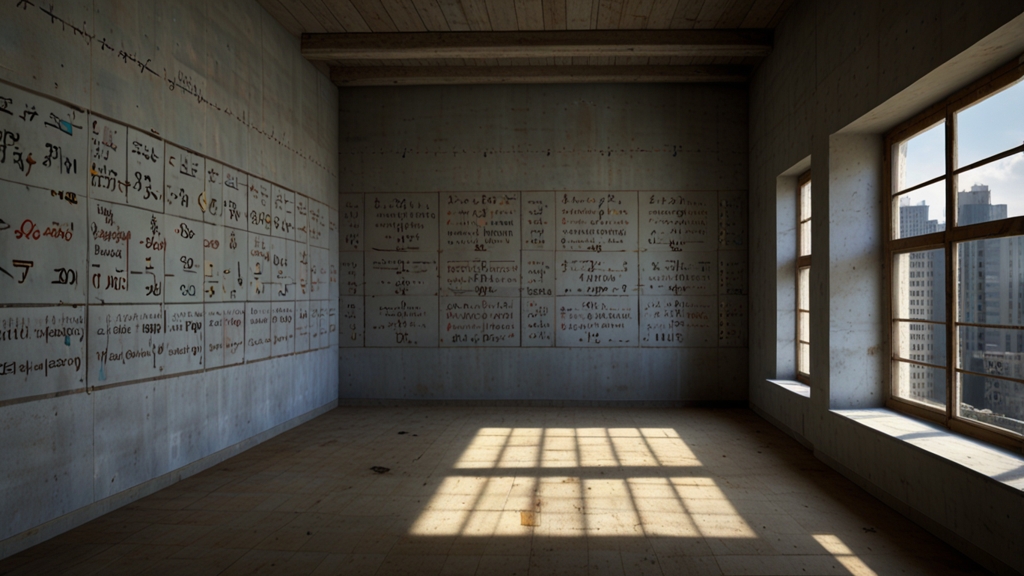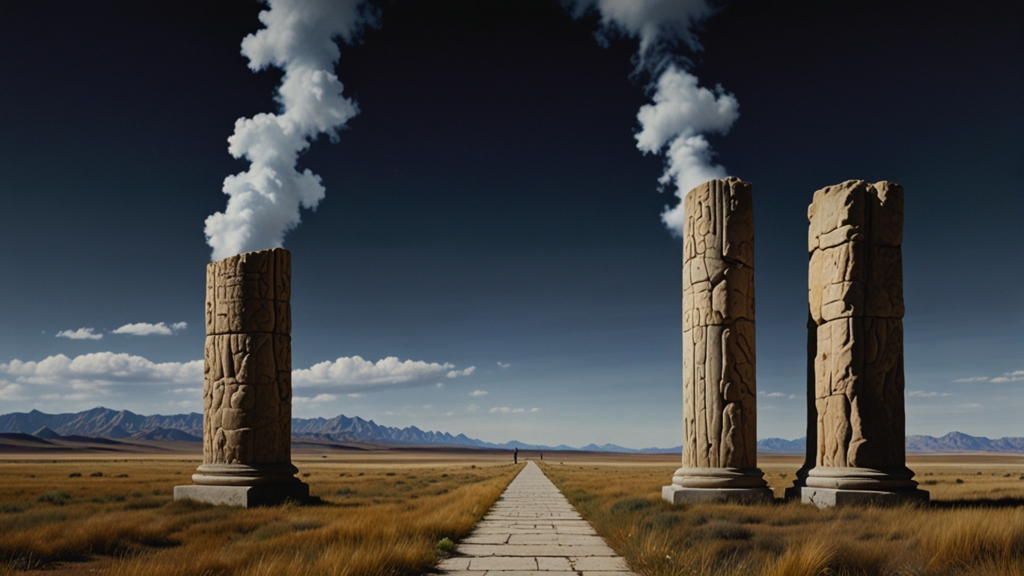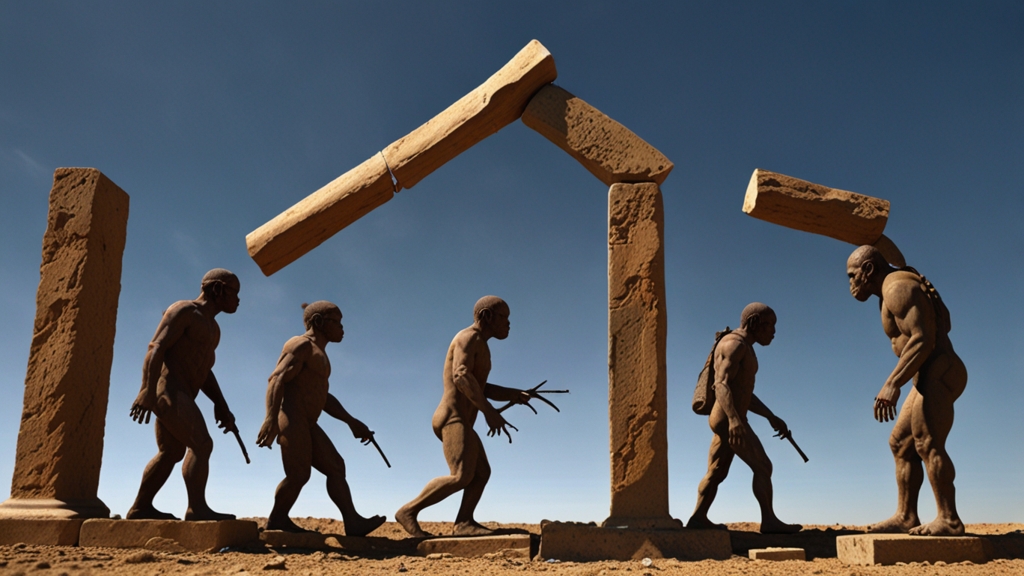Introduction
Greece, the cradle of Western civilization, is a land where the past breathes life through its awe-inspiring archaeological treasures. From the grandeur of ancient temples to the mysteries of submerged cities, Greece’s archaeological heritage is a treasure trove for historians, archaeologists, and travelers alike. This article journeys through some of Greece's most significant archaeological sites, exploring how these ruins have transformed into sources of cultural and economic wealth.
The Acropolis of Athens: A Symbol of Glory
The Acropolis of Athens stands as a timeless symbol of Greek cultural and intellectual achievement. Perched high above the city, this ancient citadel is home to the Parthenon, the Erechtheion, and the Temple of Athena Nike. Built during the 5th century BC, these structures epitomize the architectural and artistic prowess of ancient Greece.
"The Parthenon is the most perfect Doric temple ever built. Its proportions are so harmonious that they have set the standard for classical architecture." - Professor John M. Camp
Today, the Acropolis is one of the most visited archaeological sites in the world, drawing millions of tourists each year. Its restoration and preservation efforts have not only safeguarded an invaluable part of human heritage but also significantly contributed to Greece's economy.
Delphi: The Oracle and Navel of the World
Situated on the slopes of Mount Parnassus, Delphi was once considered the center of the world in ancient Greek religion and culture. The Oracle of Delphi, housed in the Temple of Apollo, was revered for its prophetic powers. Kings and commoners alike would travel great distances to seek the oracle's guidance.
Delphi’s archaeological site, which includes the Temple of Apollo, the ancient theatre, and the stadium, is a UNESCO World Heritage site. The artifacts found here, many of which are displayed in the Delphi Archaeological Museum, offer invaluable insights into ancient Greek civilization. The site attracts scholars and tourists from across the globe, further bolstering the local and national economy.
Olympia: The Birthplace of the Olympic Games
Olympia, located in the western Peloponnese, is best known as the birthplace of the Olympic Games. The ancient sanctuary of Olympia, with its temples, altars, and sports facilities, was a major center for the worship of Zeus. The Olympic Games, held every four years, were part of a religious festival and drew participants from all over the Greek world.
"The Olympic Games were more than just a series of athletic competitions; they were a festival of unity, symbolizing peace and harmony among the Greek city-states." - Dr. Spyridon Lambros
Modern excavations at Olympia have unearthed remarkable treasures, including statues, tools, and athletic equipment. The site's significance continues to resonate through the modern Olympics, underscoring the enduring legacy of ancient Greek culture.
Santorini: The City Beneath the Ash
The island of Santorini is renowned not only for its stunning sunsets and white-washed architecture but also for the remarkable archaeological site of Akrotiri. Often referred to as the "Minoan Pompeii," Akrotiri was a thriving Bronze Age settlement that was buried under volcanic ash around 1600 BC. This catastrophic event remarkably preserved the city's buildings, frescoes, and artifacts.
The excavation of Akrotiri has provided a wealth of information about Minoan civilization, trade, and daily life. The site attracts both researchers and tourists, adding another layer of richness to Santorini's thriving tourism industry.
Ancient Corinth: A Nexus of Trade and Culture
Ancient Corinth, strategically located near the narrow Isthmus of Corinth, was a powerful city-state and a major trade hub in ancient Greece. Its archaeological site offers a fascinating glimpse into its prosperous past. Key attractions include the Temple of Apollo, the Roman Odeon, and the Fountain of Peirene.
The excavations at Corinth have uncovered significant artifacts from various periods, including Greek, Roman, and Byzantine. These findings illuminate the city's historical and cultural evolution and highlight its role as a melting pot of different civilizations. Corinth's rich history and archaeological wealth continue to draw countless visitors every year, enhancing its cultural and economic vitality.
Conclusion
Greece's archaeological treasures are not merely remnants of the past; they are vibrant testaments to human ingenuity, creativity, and resilience. From the Acropolis's majestic ruins to the well-preserved cityscape of Akrotiri, these sites offer invaluable insights into ancient civilizations. They also play a crucial role in Greece's contemporary cultural and economic landscape, attracting millions of visitors and contributing significantly to the national economy.
As we continue to uncover and preserve these ancient wonders, we celebrate the rich tapestry of history that they represent and ensure that future generations can also marvel at Greece's transformation from ruins to riches.












